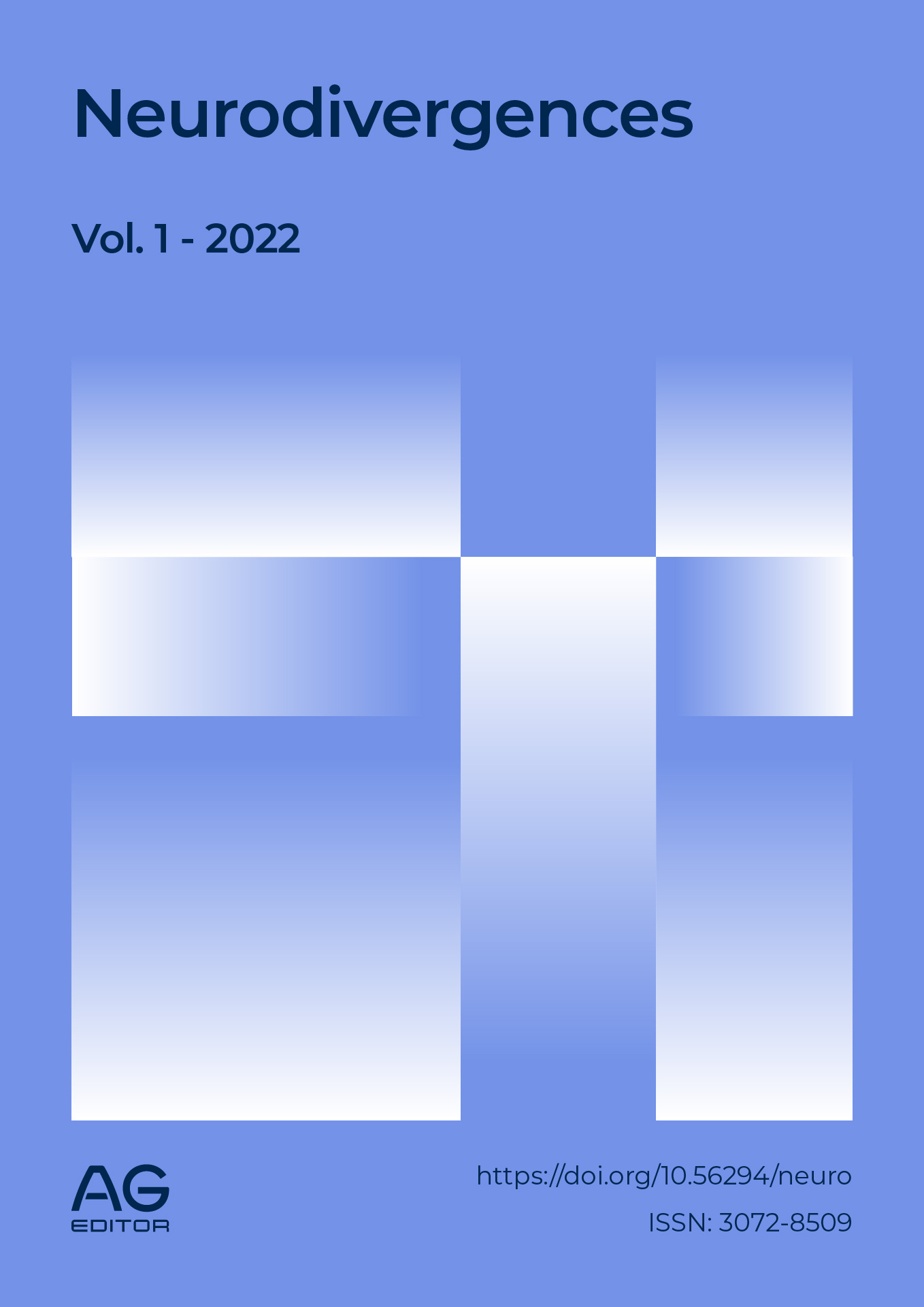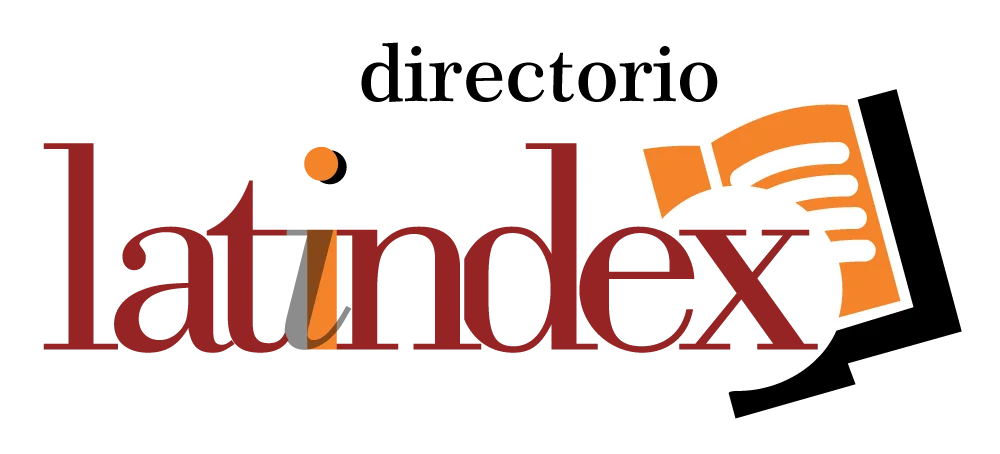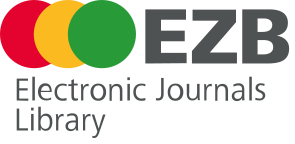Clothing design as a tool for inclusion for children with Autism Spectrum Disorder
DOI:
https://doi.org/10.56294/neuro202247Keywords:
Autism Spectrum Disorder, sensory processing, inclusive design, clothing, childrenAbstract
The study addressed Autism Spectrum Disorder (ASD) from a sensory and social perspective, with the aim of analyzing its impact on children's relationship with clothing. ASD was described as a complex neurobiological condition characterized by persistent difficulties in communication, social interaction, and the presence of repetitive behavior patterns. Through various studies, it was found that sensory alterations, recognized in the DSM-5 as a diagnostic criterion, manifested as hypersensitivity or hyposensitivity to visual, tactile, auditory, and olfactory stimuli, directly influencing well-being and acceptance of clothing.
The study showed that textures, seams, colors, or even smells could cause reactions of rejection or discomfort in children, while in other cases they generated fascination. For this reason, it was stated that clothing was not only a functional or aesthetic element, but also a key mediator in the perceptual experience of those with ASD.
From this perspective, clothing design took on a strategic role, positioning the designer as a social agent with the ability to generate inclusion. The study highlighted the importance of adopting an inclusive design approach that took into account the sensory particularities of each child, considering the selection of materials, ergonomics, and the subjective meanings associated with the garments. Finally, it was concluded that understanding the individual sensory profile was essential for developing proposals that combined aesthetics, functionality, and empathy, promoting the inclusion and well-being of children with ASD.
References
1. Contini LE, Astorino F, Manni DC. Estimación de la prevalencia temprana de Trastornos del Espectro Autista. Santa Fe (AR): Boletín técnico, serie zoológica. 2017;13(12-13).
2. Correa ME. Reflexiones acerca del diseño social y su contribución en términos de inclusión. Rev inclusiones. 2015;2(3):182-99. Disponible en: https://ri.conicet.gov.ar/handle/11336/113033
3. Coto Choto M. Autismo infantil: El estado de la cuestión. Rev Cienc Soc Univ Costa Rica. 2007;2(116):169-80. Disponible en: https://www.redalyc.org/articulo.oa?id=15311612
4. Coulter RA. Understanding the visual symptoms of individuals with Autism Spectrum Disorder (ASD). Optom Vis Dev. 2009;40(3):164-75. Disponible en: https://www.chirppi.org/wp-content/uploads/2017/03/visual_symp.pdf
5. Davidoff L. Introducción a la psicología. México: McGraw-Hill Interamericana; 1998.
6. De Souza Godinho S. Diseño inteligente: La inclusión social por medio de la vestimenta. Rev Argent Sociol. 2019;15(25):91-115. Disponible en: http://ras.cps.org.ar/?p=327
7. Ferreira de Souza R, de Paula Nunes DR. Transtornos do processamento sensorial no autismo: algumas considerações. Rev Educ Esp. 2019;32. Disponible en: http://dx.doi.org/10.5902/1984686X30374
8. Grandgeorge M, Masataka N. Atypical color preference in children with Autism Spectrum Disorder. Front Psychol. 2016;7:1976. Disponible en: https://doi.org/10.3389/fpsyg.2016.01976
9. Instituto Nacional de Estadística y Censos (INDEC). Estudio nacional sobre el perfil de las personas con discapacidad: resultados definitivos 2018. Ciudad Autónoma de Buenos Aires: INDEC; 2018.
10. Martín González A. Manual práctico de psicoterapia Gestalt. Bilbao: Desclée De Brouwer; 2011.
11. Morris CG, Maisto AA. Introducción a la psicología. México: Pearson Education Inc.; 2005.
12. Saltzman A. El cuerpo diseñado: sobre la forma en el proyecto de la vestimenta. Buenos Aires: Paidós; 2004.
13. Shin SJH, Smith B, Gaines K. Investigation of therapy clothing products for children with Autism Spectrum Disorders. In: International Textile and Apparel Association (ITAA) Annual Conference Proceedings; 2015. Disponible en: https://lib.dr.iastate.edu/itaa_proceedings/2015/presentations/93/
14. Sicile-Kira C. Autism Spectrum Disorder: the complete guide to understanding Autism. New York: The Penguin Group; 2014.
Published
Issue
Section
License
Copyright (c) 2022 Ileana González , Ana Cubeiro (Author)

This work is licensed under a Creative Commons Attribution 4.0 International License.
The article is distributed under the Creative Commons Attribution 4.0 License. Unless otherwise stated, associated published material is distributed under the same licence.






